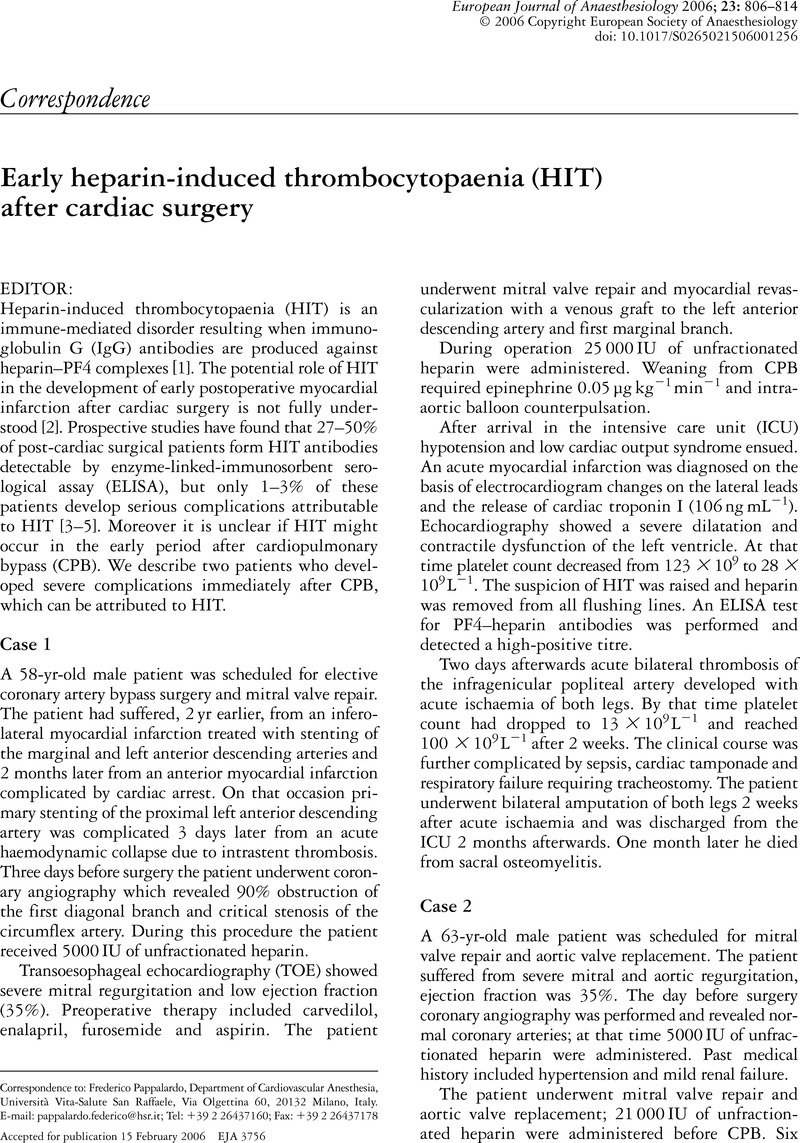Crossref Citations
This article has been cited by the following publications. This list is generated based on data provided by Crossref.
Matsura, Masayo
Fujiwara, Yoshihiro
Ito, Hiroshi
Kandatsu, Nobuhisa
Kato, Naoko
Harada, Jun
and
Komatsu, Toru
2010.
Prolongation of QT Interval Induced by Electroconvulsive Therapy is Attenuated by Landiolol.
The Journal of ECT,
Vol. 26,
Issue. 1,
p.
37.
Koga, Yukari
Mishima, Yasunori
Momozaki, Masahiro
Hiraki, Teruyuki
and
Ushijima, Kazuo
2011.
A case of nonsustained ventricular tachycardia immediately following modified electroconvulsive therapy in a depressive patient.
Journal of Anesthesia,
Vol. 25,
Issue. 4,
p.
595.
Das, Jyotirekha
and
G.K., Rajanikant
2018.
Post stroke depression: The sequelae of cerebral stroke.
Neuroscience & Biobehavioral Reviews,
Vol. 90,
Issue. ,
p.
104.
Su, Samuel
Shah, Pratik
and
Jassal, Davinder S.
2023.
Ventricular tachycardia triggered by electroconvulsive therapy: Case report and review of the literature.
Clinical Case Reports,
Vol. 11,
Issue. 6,



